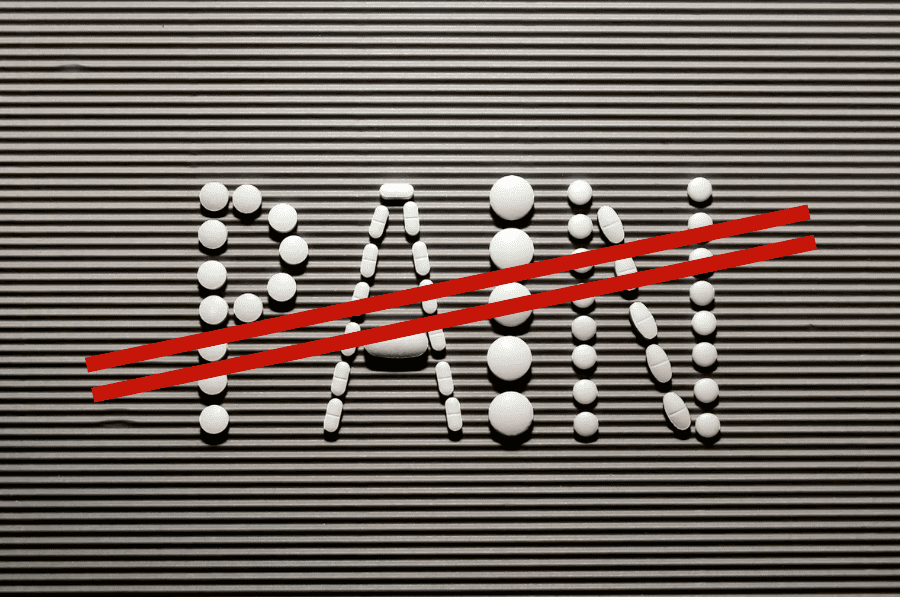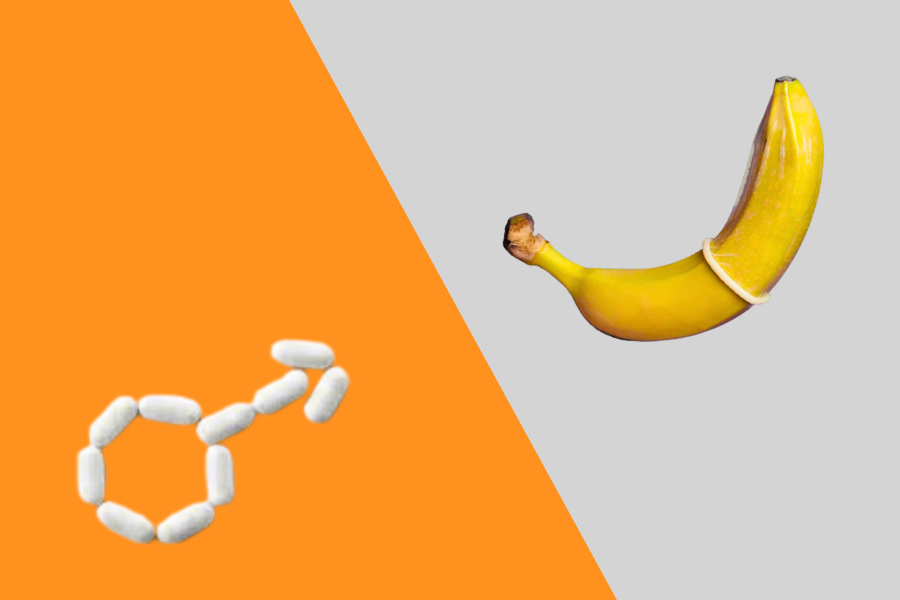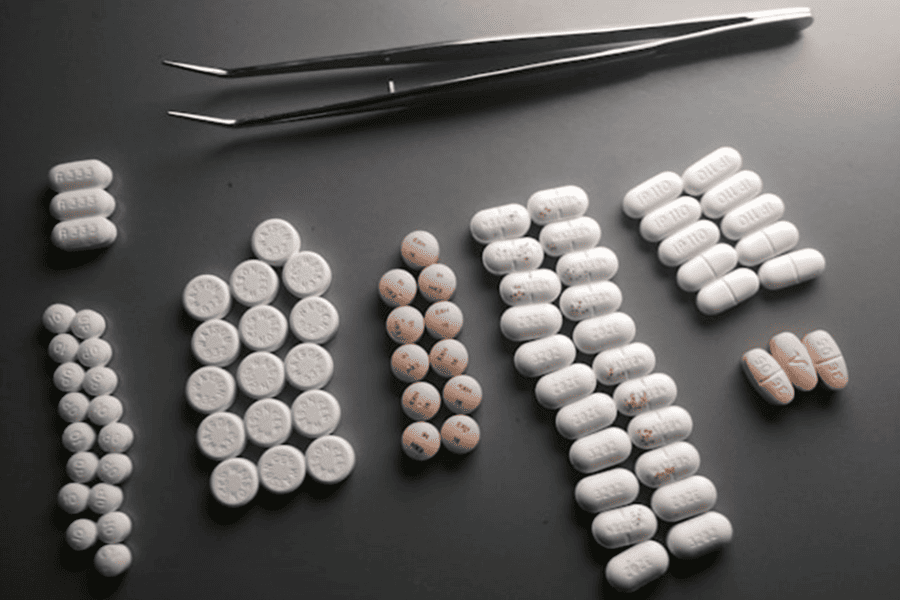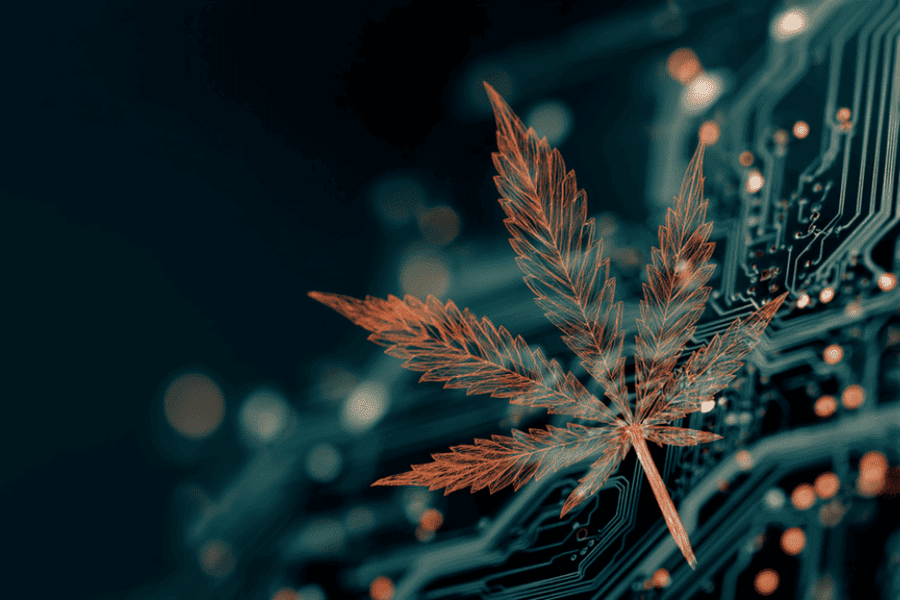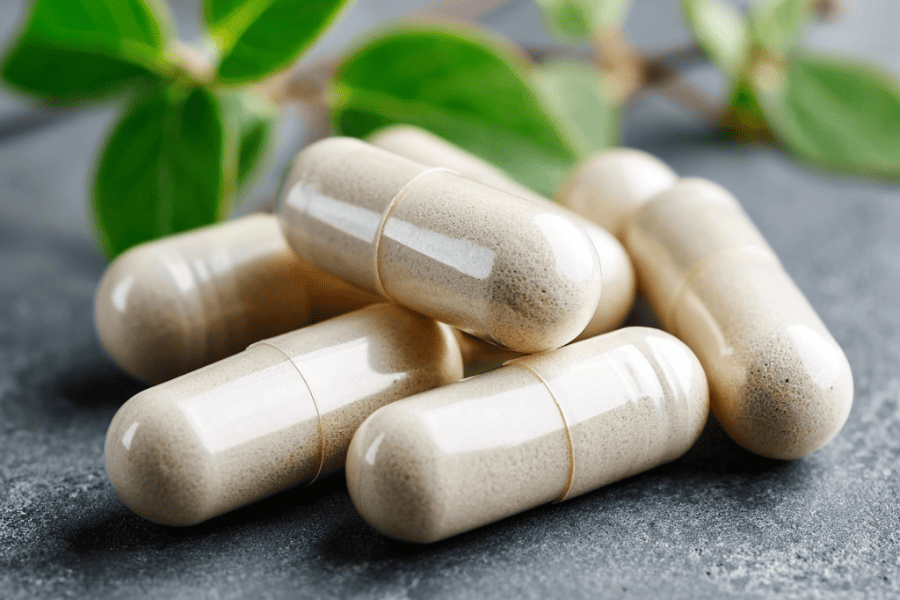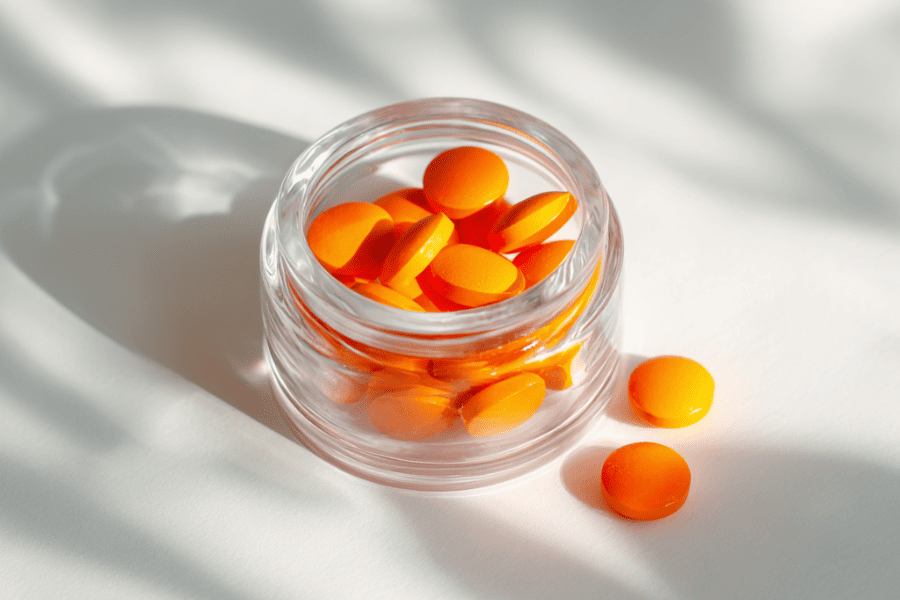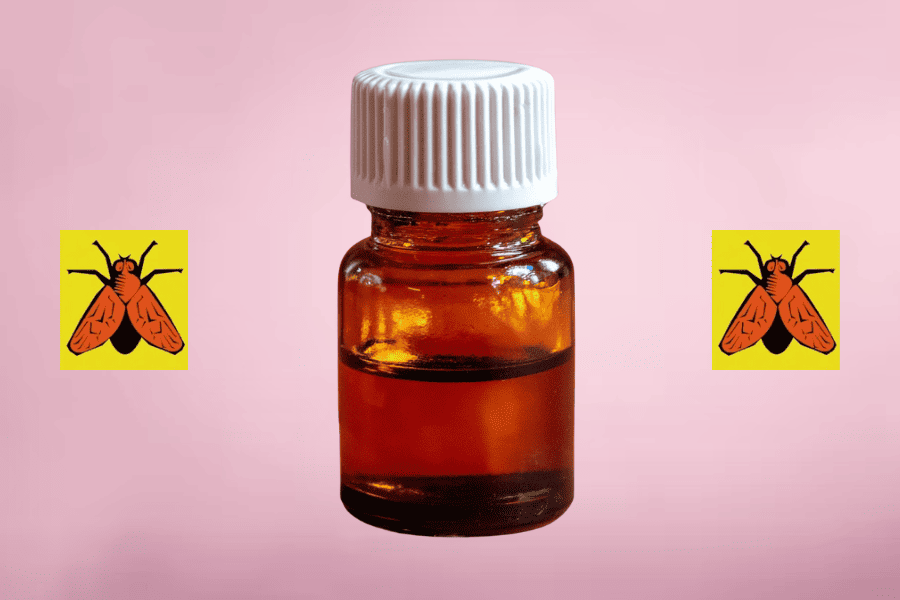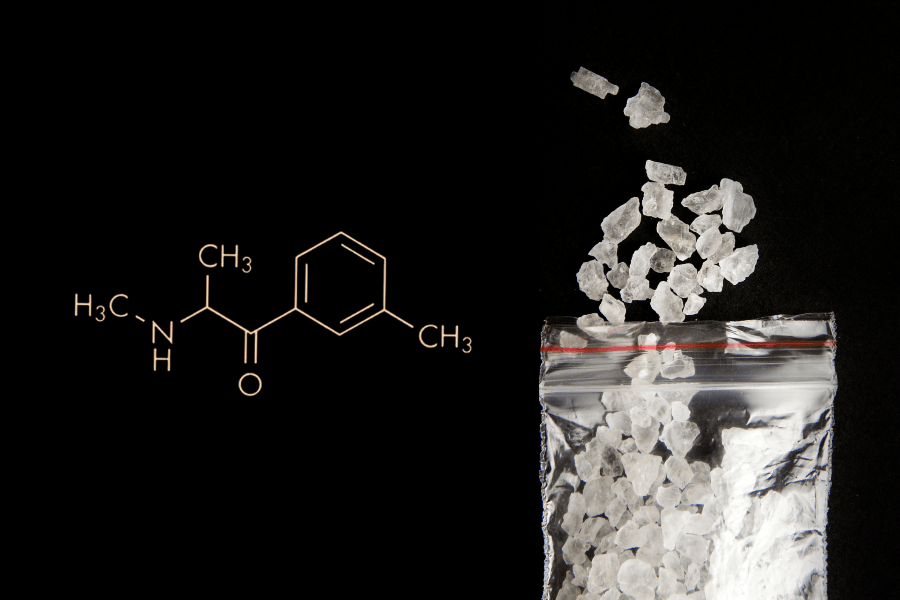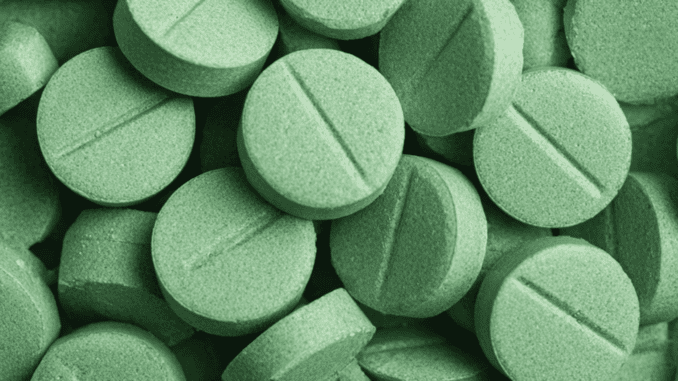What is the difference between MDMA and XTC?
- Funcaps
- Blogs about research chemicals
- 12 Feb 2025
- 55views
- Reading time: 3 minutes
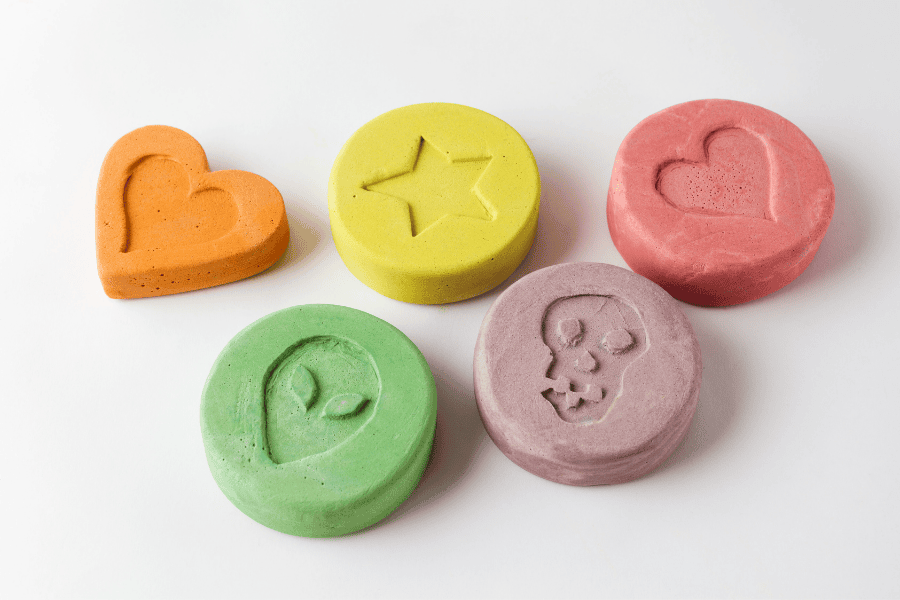
MDMA is the main component of XTC pills, the most popular hard drug in the Netherlands. Methylenedioxymethamphetamine produces stimulating effects and a sense of social connection. Although the terms MDMA and XTC are often used interchangeably, there is a clear difference between the two. This article will explore that difference, taking a closer look at both substances and their effects.
The difference between MDMA and XTC
The biggest difference between MDMA and XTC lies in their form: XTC comes in pill form, while MDMA is typically found as a powder or crystal. Many XTC pills contain MDMA as the active ingredient responsible for its characteristic effects. However, MDMA is also sold and consumed in its pure form, producing effects similar to those of XTC.
While both drugs have similar effects, the user experience can vary. XTC pills often contain MDMA combined with other substances, leading to a rapid intake of a large MDMA dose. In contrast, when taking pure MDMA, users can adjust their dose more precisely, often by taking small amounts (“dabs” or “pinks”), which results in a slower onset of effects and a milder high.
What is MDMA?
MDMA is the active substance found in XTC pills. When people refer to MDMA, they usually mean the powder or crystal form in which it naturally occurs. MDMA stands for methylenedioxymethamphetamine and belongs to the amphetamine class. However, due to slight differences in chemical structure, its effects differ from other amphetamines.
MDMA is listed as a Schedule I drug under the Dutch Opium Act, making it illegal in the Netherlands. Possessing, processing, or transporting products containing MDMA is prohibited. However, MDMA is still being researched for medical purposes, such as potential treatments for PTSD.
Effects of MDMA
MDMA is best known for its stimulating and social-enhancing properties. After purchasing and consuming MDMA, users often report feeling:
- Euphoric
- Cheerful
- Warm inside
- In love
- More open
- Increased desire for social interaction
- Enhanced music appreciation
- Greater endurance
Pure methylenedioxymethamphetamine can be ingested orally, dissolved in a liquid, or wrapped in rolling paper and swallowed, commonly known as an "MDMA bomb." Snorting is discouraged due to its intense burning sensation in the nose.
What is XTC?
XTC is a pill that contains MDMA as its active ingredient. XTC pills are extremely popular at festivals and are often produced in bright colors with logos or images. While XTC primarily contains methylenedioxymethamphetamine, it may also include other substances like caffeine, PMMA, and mCPP. XTC is classified as a hard drug and is therefore illegal in the Netherlands. This means buying, transporting, or producing XTC is not legal.
How does XTC affect you?
Due to the stimulating effects of MDMA in XTC pills, users typically experience the following after consumption:
- Increased energy
- Feelings of euphoria
- Warmth inside
- Happiness
- Desire for social contact
- A feeling similar to being in love
However, after taking XTC, many users experience the so-called "Tuesday dip" a few days later. This comedown is often accompanied by feelings of sadness and low mood. The effects of XTC typically last around 4 to 6 hours, although the drug can remain in the bloodstream for some time afterward.
As you can see, both substances have similar effects but come with different risks. The composition, purity, and dosage can vary greatly, making their use unpredictable and potentially dangerous. Despite the appealing effects of euphoria and social openness, the health risks and legal consequences are significant and should not be underestimated.

